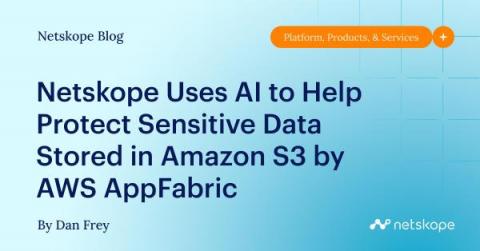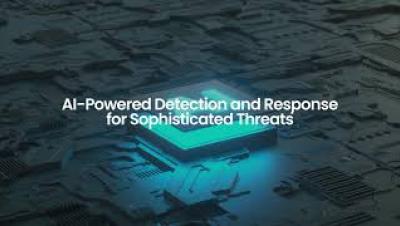The Speed of Security & AI
ThreatQuotient’s Perspective on Security Operations and vision for AI in the ThreatQ Platform We’re all familiar with the “speed of cybersecurity”, the rapid pace at which cyber threats evolve and the corresponding need for timely and agile defense measures. We’ve been trained to understand the importance of quickly detecting, analyzing, and mitigating cyber risks to stay ahead of attackers and protect assets in an increasingly dynamic and interconnected world.











